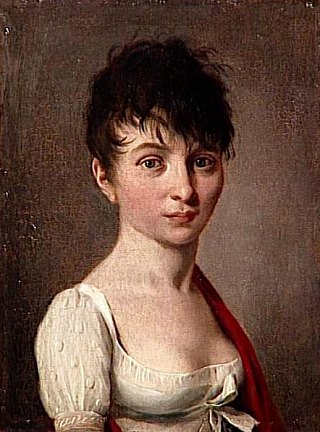Quiz 6 1700s/early 1800s Fashion History
1/36
There's no tags or description
Looks like no tags are added yet.
Name | Mastery | Learn | Test | Matching | Spaced |
|---|
No study sessions yet.
37 Terms
engageants
Sleeves end below the elbow with ruffles
frock coat
was longer and more streamlined than the elaborate coats of previous decades, often extending to just below the knee
pompadour
hair that is arranged on top of head; early 1700s
hedgehog hairstyle
Hair full at sides and around face, long curls at back
panniers
Hoops; similar to farthingale; Whalebone, later metal; Various shapes depending on fashion; extends shape out to side(middle period)
saque gown
flowing one-piece dress that falls down loosely from the shoulders on front and back. The back is a so called sack-back, with large pleats.
French Robe (robe a la francaise)
Full skirt, nipped waist
Pleats at the back neckline
1730-1760
English Robe (robe a la anglaise)
curves with waist front and back; no pleats at back neckline
small pad replaced penniers
skirt attached to bodice
extra fullness at center back
sleeves long and fitted, ending at wrists
polonaise
boatlike in from
open in front fastens over the bosom cut away to show the fitted bodice
Bustle pad
Overskirt draped like curtains, show undershirt
drawers
drawstrings, buttons, cotton or wool, ended at the knee
ditto suit
(when everything matched) When Breeches, waistcoat, and coat matches
Chemise a’la Reine
Expensive white muslin
Waistline, soft full skirt
club wigs catogans
In the catogan or cadogan wig, the back hair was looped under and tied with a concealed string or solitaire.
Tail Coat
Curved gradually back from the waist into two tails that ended slightly above the knee -Front was cut-in, a rounded or square space at the front The tails began where the cut-in ended
a la titus/ a la victime
Short curly style/ Natural hair, no wigs

pantaloons
tight-fitting trousers
spencer
Short jacket ending at the waistline
stays
Corset; bonded front and back; laced
round gowns
from the Saxon word, gunna, is a usually loose outer garment from knee-to-full-length worn by people of both sexes in Europe from the Early Middle Ages to the 17th century, and continuing today in certain professions; later, the term gown was applied to any full-length woman's garment consisting of a bodice and an attached skirt
Top hat
silk, wool, or beaver
pelisse
A full length coat
Sacque dress
Unbelted, loose dress to the floor
back pleats at the back and shoulder
cut close at sides;
quilted petticoat shows at front skirt opening;
dome hoops, early 1700s
Teo piece dress
jacket; fitted through bodice, flare below waist; tight sleeves
Panniers
Hoops; similar to farthingale; whalebone, later metal; various shapes depending on fashion; extends shape out to side (middle period)
Stomacher
“v” shape insert at the front that was highly ornamented with embroidery, lace, and ribbon
Busk
Wood panel placed into stomacher
Tete de mouton
tight curls close to head
Shepherdess
Large Flat straw hats with wide brim; Low Crown (early 1700s)
Under vest
Utilitarian for warmth
Cravat
cotton or Linen
Waistcoats
Vest
Long to knee
With or without sleeves
match outer coat
few inches shorter than coat
Coats: Justacorps
Full; Buckram stiffening to hold out the skirt
No collar
Bottons important
side seam left open
Until 1730s large cuffs
Pockets at hip level
Breeches
Gathered into the waistband
Loose at fit
Ended at know
Botton at front
Square center flap, button to waistband
Neckwear
stocks, a linen square fold edegs
Peruke
Men head piece/wig
Tete de mouton
Tight curls close to head
Hedgehog
Hair Full at sides and around face, long curls at back